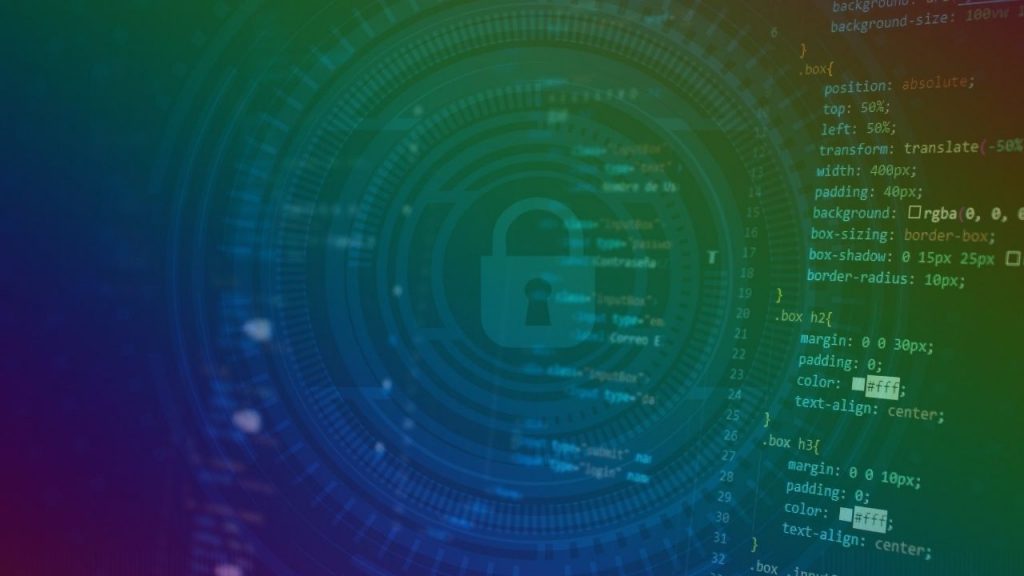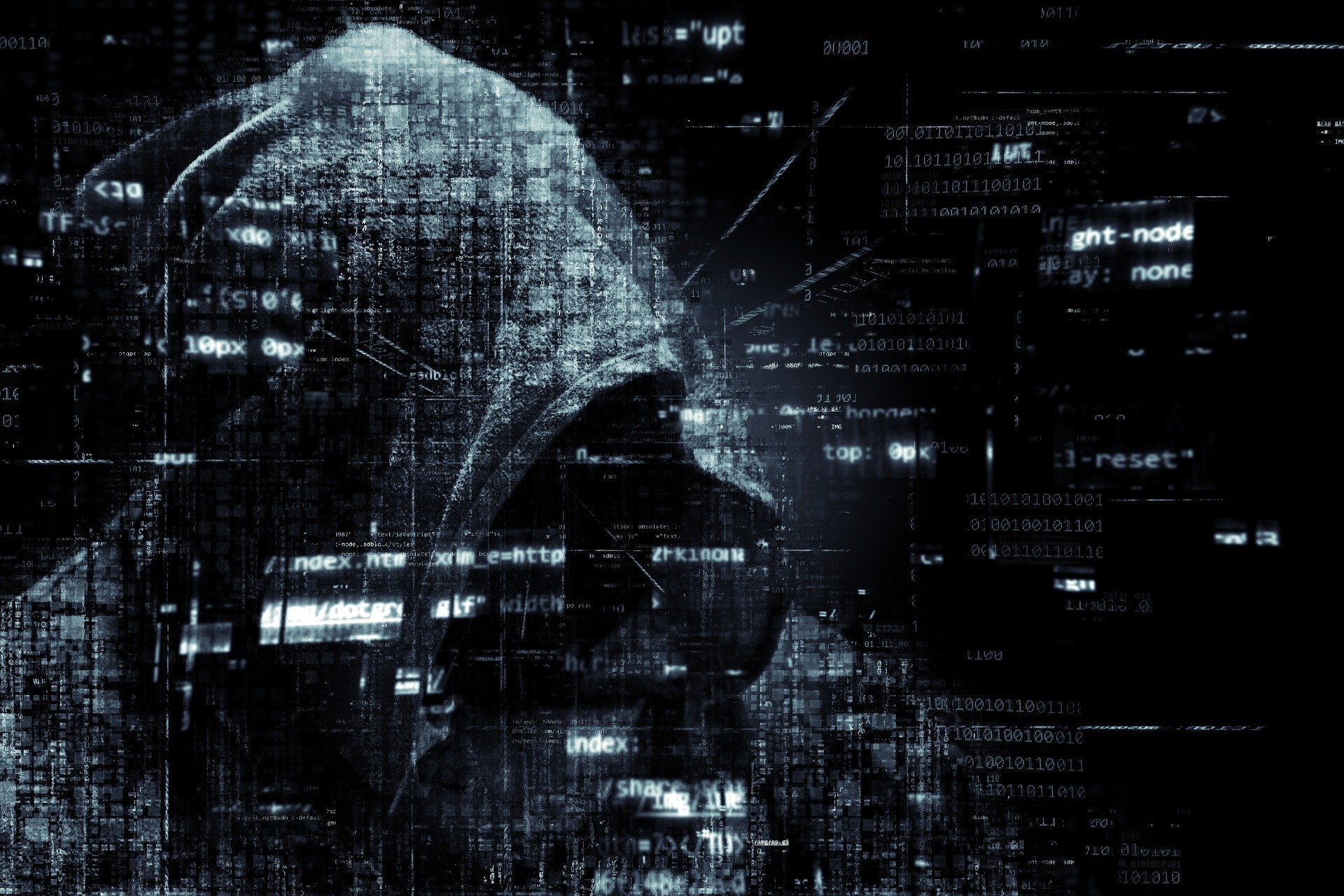The Secret To CYBERSECURITY IN MODERN INTERNET AGE Is Revealed

Introduction of Cybersecurity:
CyberSecurity mainly as protection against threats to information, data, files, and network like Malware (Malicious Software), unauthorized access, and Malicious code. The military organization tends to see Cyber Security in terms of Warfare.
When you break the cybersecurity into two parts, you will find it is made up of the words Cyber and Security. This is defining the word Cyber as relating to involving computers or computer networks as the internet.
So, in other words, Cyber is essentially anything related to technology. This includes computer system like laptops, servers, and funds.
Computer networks such as the internet or LAN (Local Area Network). PC projects, for example, Operating frameworks (OS) and client applications. In data like your personal assets or important files.
What is Cybersecurity?
Cybersecurity is the protection of these computer systems, computer networks, computer programs, and data against hackers.
CyberSecurity can be defined as the techniques and practices designed to protect data, applies to digital data, stored, transmitted, in use, etc.
It is also known as:
Information Security(InfoSec)
Information Assurance (IA)
System security.
The purpose of security so if you have done any research on security in general you will probably see these terms quite frequently Information security, Information assurance system security, cybersecurity there’s. As there are such huge numbers of various names and terms that apply to practically something very similar at a profound specialized level there are positive contrasts between Information security or InfoSec and Information affirmation or IA yet an extremely significant level there’s actually no distinctions it’s extremely one in a similar you are as yet cantered around something very similar.
When you talk data, you are talking about digital data. So, data that’s stored transmitted, or used on an information system, after all, that’s what the attackers are after they are after the data.
The network or the computers or the services or any of those things. Those are just mechanisms to get to the data.
So as you know a lot of people get confused about security is. I need to lock down this computer or I need to change my password I need to do these things right and those are all protective mechanism to keep people from accessing data.
So, when a hacker or attacker is coming into your system or trying to get something. They are trying to get the data they are not trying to get your computer. They are not trying to get your phones; they are trying to get data and that is exactly what we are trying to protect.
So, what are you protecting data from really, what are you trying to protect data from is unauthorized access, unauthorized modification, and unauthorized deletion?
Protect data from unauthorized: –
Access – Confidentiality.
Modification – Integrity.
Deletion – Availability.
You will see terms ality and availability those three terms are pretty synonymous with security. Those are the core three terms. That you will see and see it called the CIA triad of the ICA and those are the core principles of security.
When we are talking about unauthorized access. You talking about you don’t want people to see data, which is keep it confidential right keep its secrets. You don’t want anyone seeing them unless they are authorized to do so the same changing the data modifying it that protects the integrity of the data and lastly you don’t want anybody deleting data or you want to be available.
Simple concepts but believe it or not it’s very complex when you get into actually implementing these on an information system and implementing secured security using these principles but as its core again these are the three main principles of unauthorized access, unauthorized modification, and unauthorized deletion is exactly what you are defending.
Examples of Access: –
Using a Computer or those Devices.
Opening a Folder or Directory.
Opening a File.
Running a Software Application.
An example of access is anyone using the computer or device like a mobile device, a phone, a tablet, or getting into an actual folder or directory that contains files getting into those files or executing a software application, running a software application. Every user that does this needs to be authorized to do. So, you need to tightly control that to make sure that whoever is opening devices or using devices or opening files is authorized to do so.
Examples of Modification: –
Changing a Computer or other Devices.
Changing a Folder or Directory.
Changing a File.
Changing a Software Application.
So the same with modification, anybody changing a computer or device changing the configuration of the computer or device.
Examples of Deletion: –
Removing a Computer or other Devices.
Removing a Folder or Directory.
Removing a Files.
Removing a Software Application.
Same with changing the configuration of a folder or directory. You can actually modify permissions who can get in, who can get out. You don’t want anybody to change those unless they are authorized to do it the same with files and software applications. So it’s very important to control who can modify things on your information system and lastly you don’t want anybody deleting anything unless they are authorized to do it right so if you go to use the data that you need access to and it’s not there who deleted that you don’t know, you need to know it’s important.
It’s critical that’s probably in my opinion this is probably one of the more important principles is the availability or the deletion of data. You want to make sure that data that system whether it is available when your customers or you need to us
When systems are protected it is known as System security. Patching is an example of system security.
When computer networks are protected it is called Network security. A Firewall is one part of network controls.
When software programs are made secure it is known as Application security.
At the point when information is made it is known as Information security.
Cybersecurity is incomplete without the end-user so you and I play big plays a big part in cybersecurity.
Why CyberSecurity is Important?
CyberSecurity is important in the modern internet age. Cybersecurity is the process of using best practices to protect system networks and programs from cyber-attacks.
Cybersecurity issues are becoming a day to day struggles for businesses. You here allot about cybersecurity dangers. Data Breaches, Ransomware attacks, Crypto-jacking that’s are connected to your devices.
Information Breaches are high to the point that much in the wake of obstructing 24000 Malicious portable applications every day. There is a 350% raising ransomware annually. To general that 61% of Data Breaches victims and 2017 businesses are under 1000 employees.
US positions most elevated with 18.2% of all ransom product assaults. Everyday cybercrime is increasing day by day. A breaching your company cybersecurity connects a cast of millions of dollars.
Recent researches are more than 74% of companies have to steal sensor data and 21% of over files are not protected in any way. 65% of companies have to network prompts to change their passwords with new threats are emerging every day.
Threats is a risk to someone’s or some organization information. Threats can be intentional.
NOTE:- An external attacker or the threats can be accidental.
The danger of not making sure about records is more hazardous than any other time in recent memory, particularly for organizations.
Cybersecurity Basic Terms and Concepts:-
* Anti-virus software:-
It is a software that deletes and removes viruses. Viruses are software that restricts harm or makes the system resources useless.
* Anti-Spyware software:-
This software searches and removes spyware. Spyware is a software that collects information from a system and sends it to its own server. Spyware typically works silently without harming the system resources.
Anti-spyware defines to provide contemporary protection to the system.
* Firewall:-
It is a software or hardware device that is configurable to allow genuine network traffic to go and stop the Malicious traffic.
For instance, Firewall software may interrupt all network packets sent to the user’s browser. If these packets originate from a known Malicious source the Firewall drops these packets to stop any harm to the user’s system.
* Updates:-
These include new version of programs, new engine versions, new definitions, newer program databases, etc.
Updates are pushed by software vendors often for software like Operating System(OS), Antivirus software, Anti-spyware software, and other apps.
You should keep all your software updated for security purpose.
* Vulnerability:-
It is a deficiency in an individuals or an organization system.
For eg:- If the hardware is located in an insecure place, it is a hardware vulnerability. Because the hardware may get stolen.
If security testing is not done on the software, it may have software vulnerabilities. If the system is located in a disaster-prone place, the system has physical site vulnerability.
* Authorization: –
It means the grant of certain permissions for instance. The system will allow a user to route transactions and modify your profile.
* Authentication: –
It means finding if an entity or some data is genuine or not.
For eg:- When a user logs into a website, the website confirms if the user is genuine or not.
The website can also do this by checking the login name, passwords, previous activity security taken any identification number or biometrics.
For more such updates click here.



